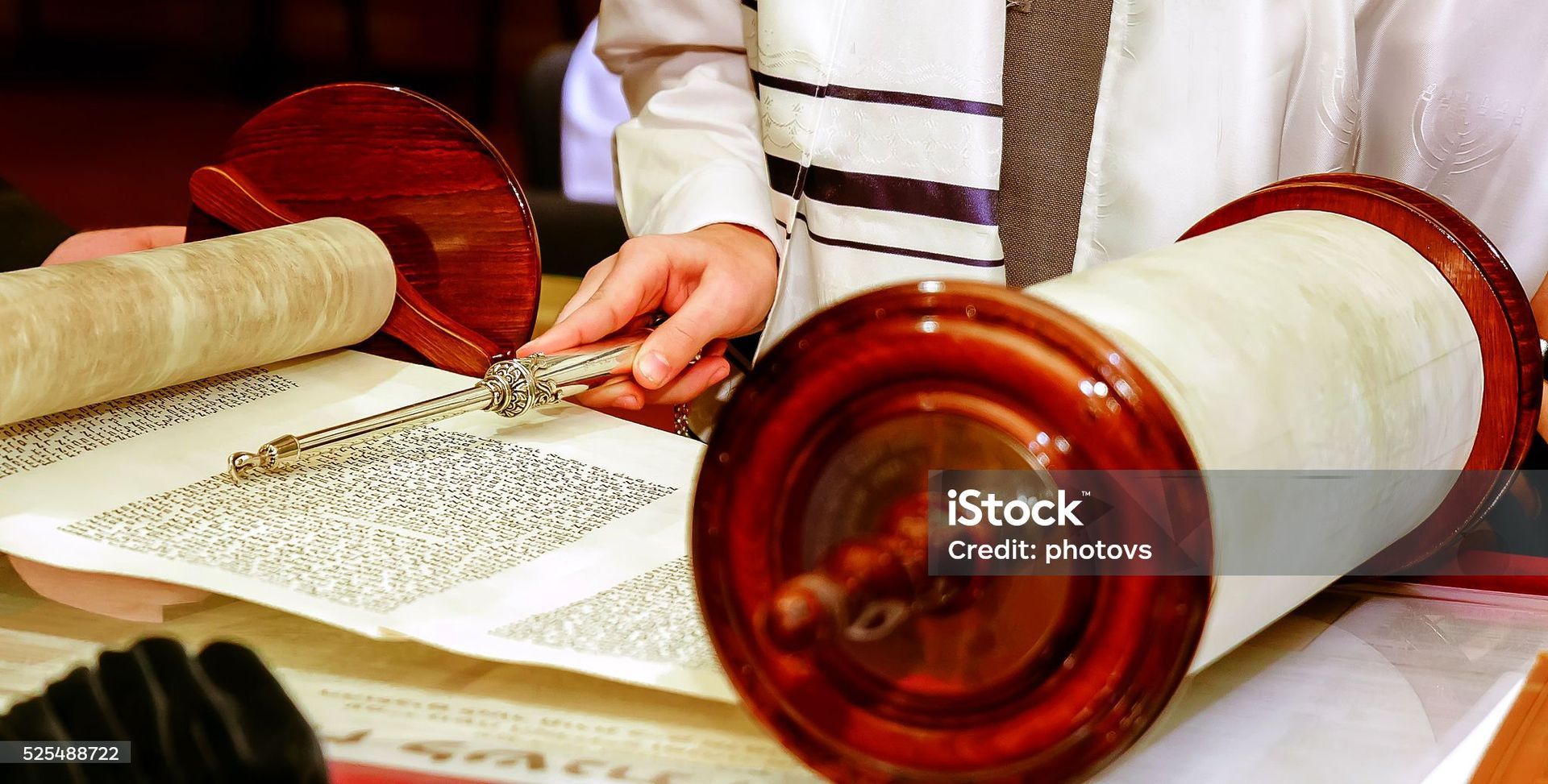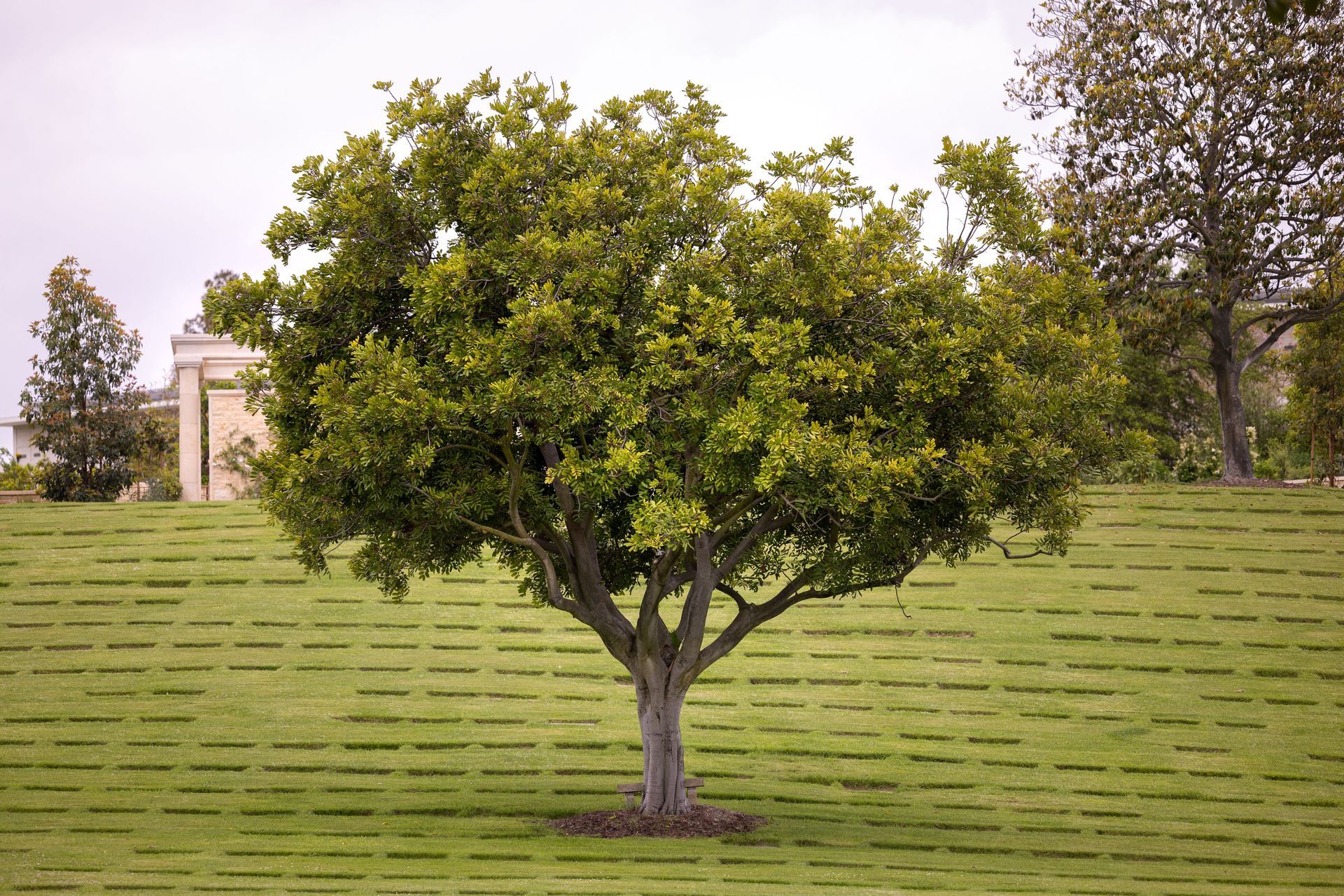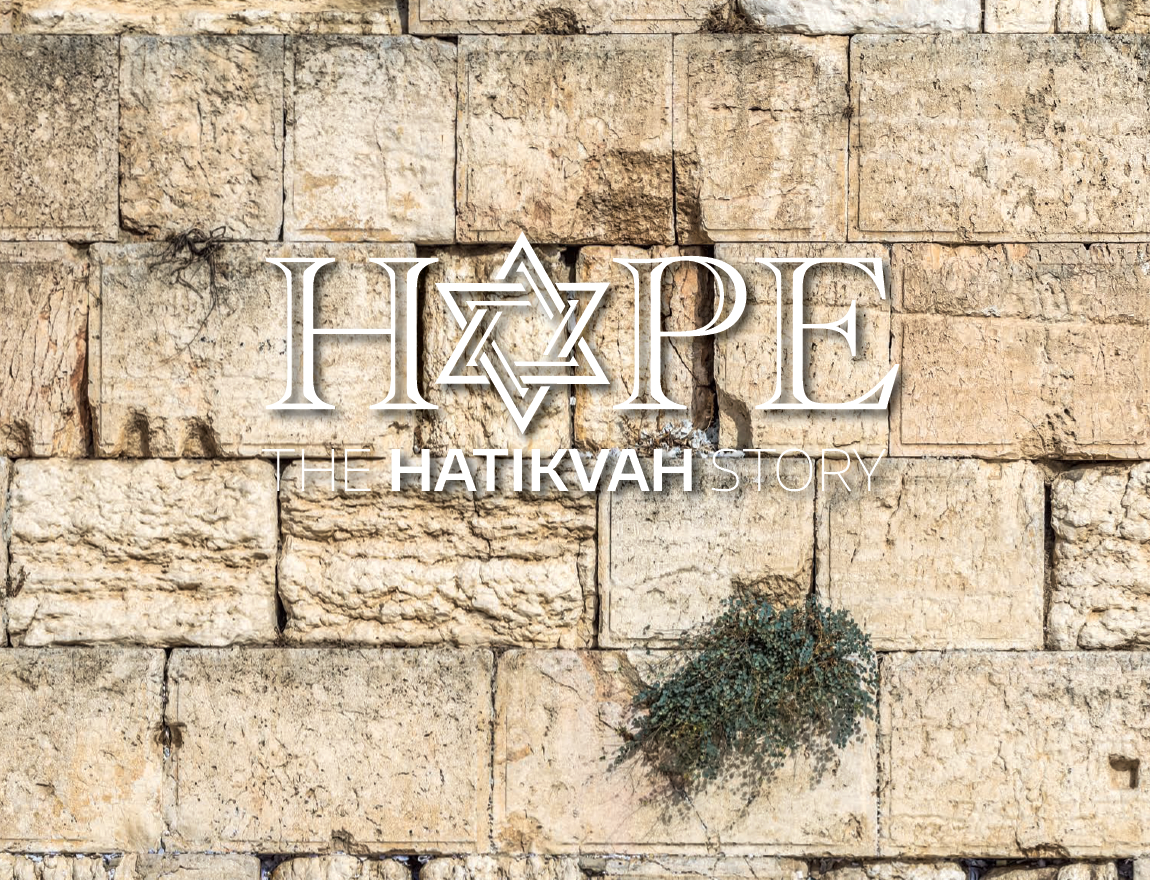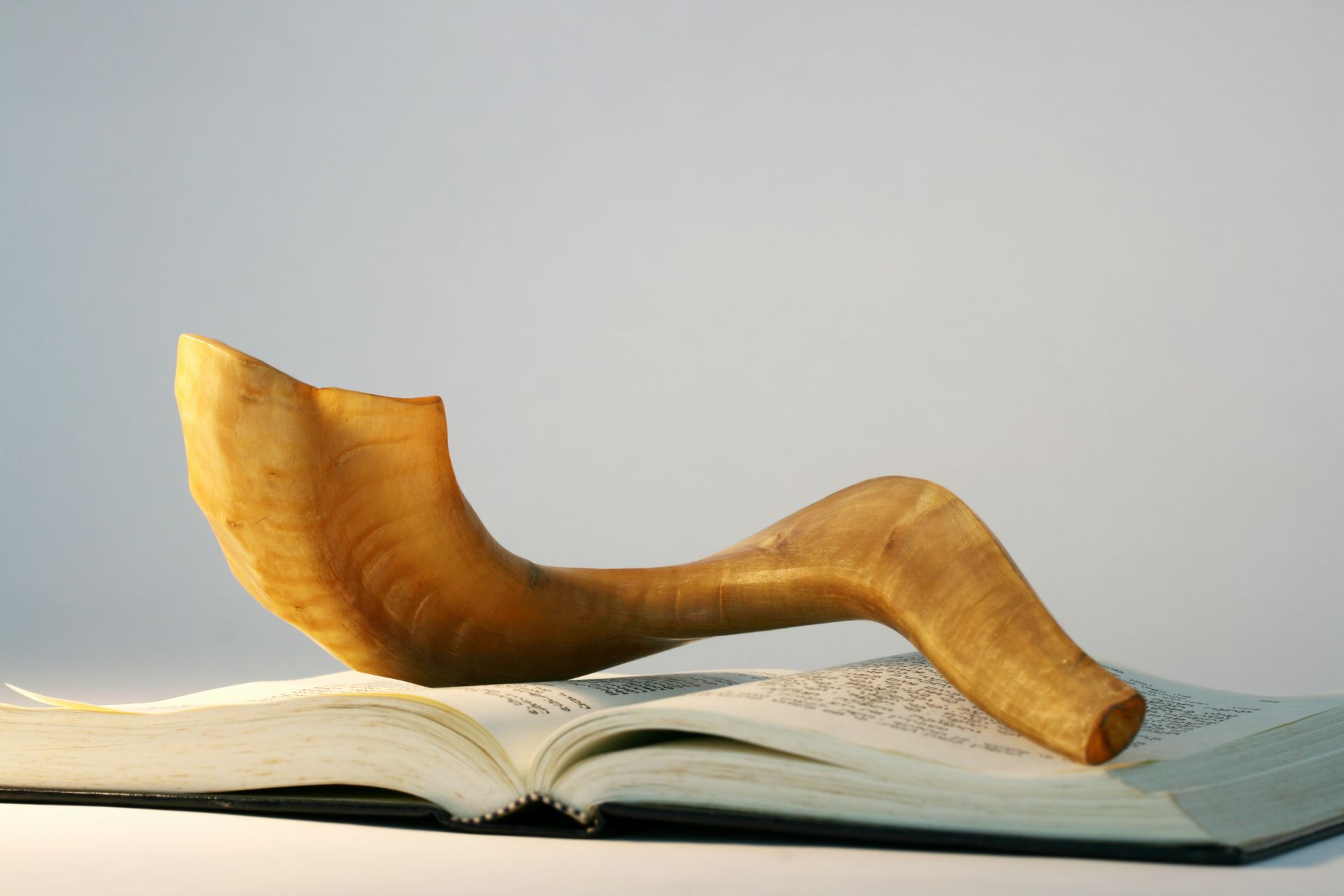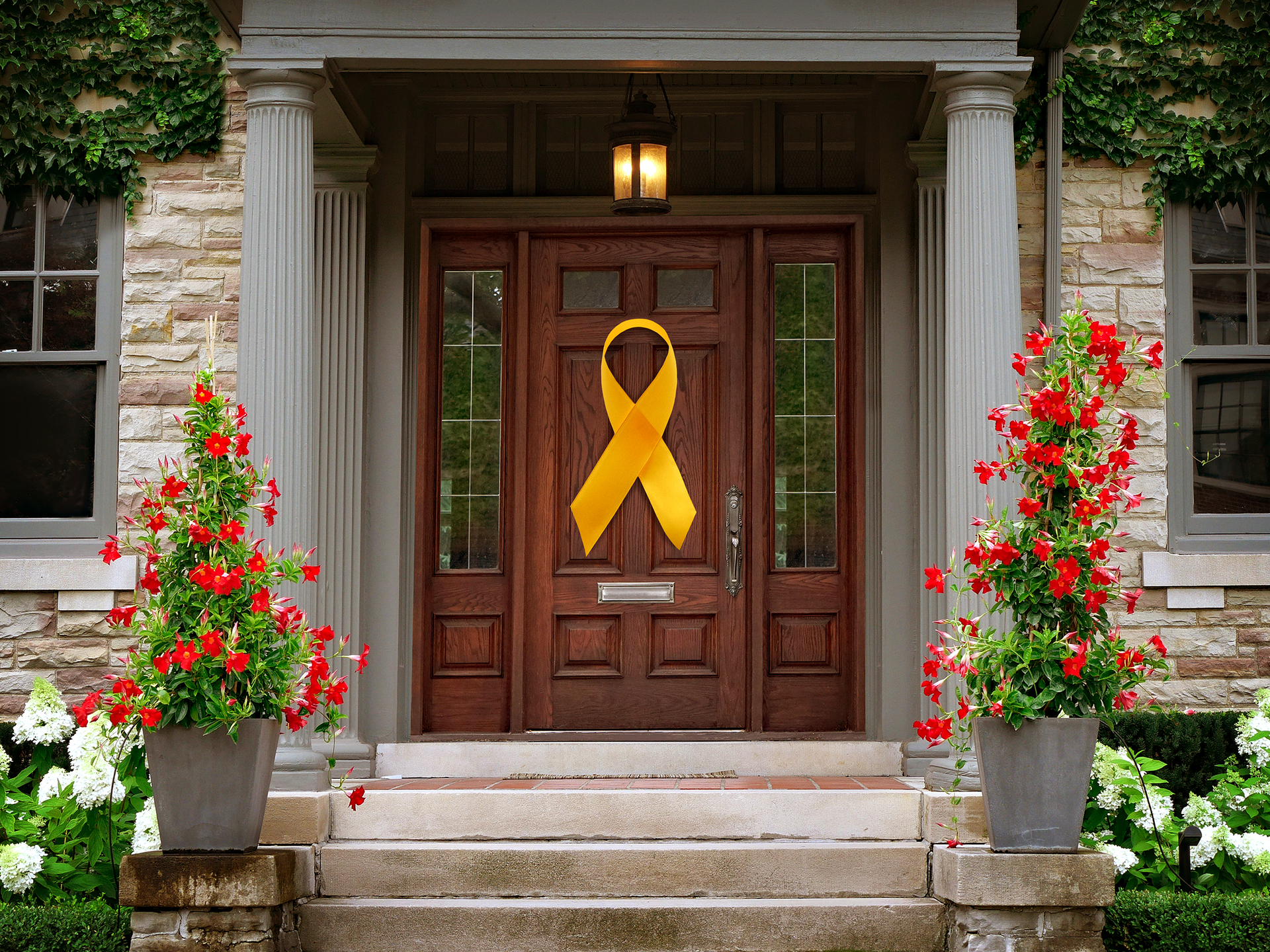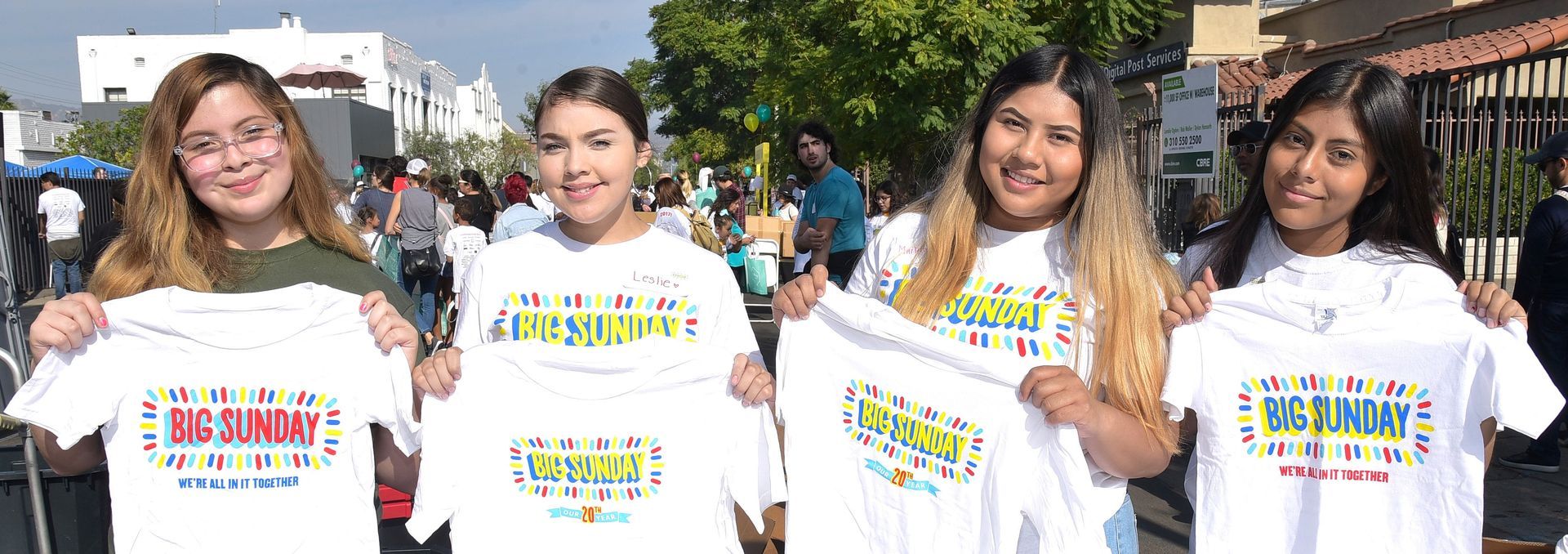History Lesson: Abraham Purchased the First Grave for Sarah
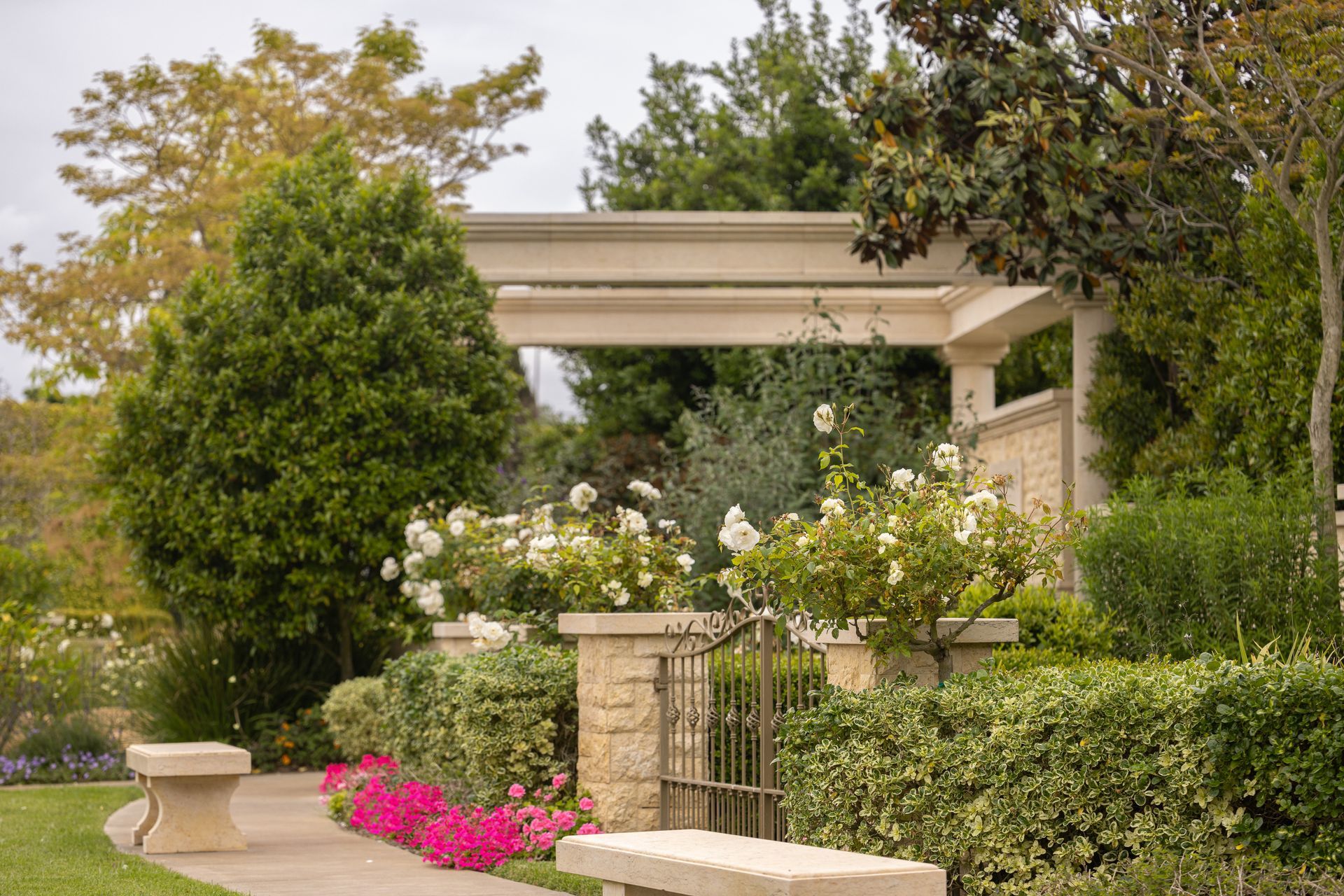
The story of Abraham purchasing a burial place for his wife, Sarah, is one of the earliest examples in Jewish tradition of how love, faith, and legacy intersect. More than a historical detail, this moment remains a powerful teaching about permanence, community, and the bonds that continue long after life ends. This month, we spoke with our Community Liaison, Sarah Gronlund-Jacob, about the meaning of this story and its enduring relevance today.
A Sacred Beginning
When Sarah, the matriarch and mother of Isaac, passed away, Abraham sought a proper place to bury her. “Abraham and Sarah were two of the first to follow the monotheistic religion,” Sarah explains. “When Sarah dies, Abraham wants to bury her, and this is the first time we get a mention in the Torah about how important it is to have a place for burial.” Abraham insisted on purchasing the Cave of Machpelah from the Hittite people, despite their willingness to offer it as a gift. “He makes it very clear that he doesn’t want to accept it as a gift. He wants to own it.” That purchase became the foundation for a lineage of burial, where not only Sarah, but Abraham, Isaac, Rebecca, and Jacob would later rest.
Permanence, Place, and Peoplehood
Abraham’s decision to purchase the land underscored a deeper value: permanence. “It’s a purchase he’s making not only for his loved one, but with the intent that he’s going to be buried there as well,” Sarah notes. In doing so, Abraham tied his family’s story to a physical place, creating a tangible connection between memory and land. “When you purchase cemetery property,” Sarah adds, “it’s not for the person being buried, it’s for the people going to visit the person being buried.” In this way, the act symbolized not just ownership but also identity, anchoring a people’s history in a sacred space.
From Ancient Story to Living Tradition
Though the Torah story itself is rarely referenced in modern ritual, its themes echo through Jewish practice today. “It solidifies the importance of burial, and then also being able to visit the people that you have buried,” Sarah says. These traditions live on in rituals like Yizkor remembrance services during the major holidays of Passover, Sukkot, and Shavuot. Each of these moments calls the community back to their loved ones’ graves and underscores that remembrance and presence are inseparable from Jewish life.
Relevance Across Generations
For Sarah, the story also resonates with contemporary Jewish life, even for those who may be more secular. “Judaism has a history of displacement,” she explains. “By burying your deceased in the places where you are, you’re also building a connection to those new places.” Just as Abraham established permanence in the Land of Israel, Jewish families have created continuity wherever they have lived, whether in Europe, North Africa, or America. As Sarah reflects, “Many people don’t have a connection to Israel, so why would you be buried there when you could be buried right here? It connects future generations to the place where their lives are.”
Honoring Life Through Legacy
Fittingly, the Torah portion that recounts this story is called Chayei Sarah—“The Life of Sarah.” As Sarah observes, “It’s interesting that the first thing that happens in the ‘Life of Sarah’ portion is that she dies. The conclusion of life is what helps you celebrate the life that was lived, because when somebody passes away, that’s when you acknowledge the whole life they had.” Abraham’s act of purchasing the grave for Sarah reminds us that legacy is not only about the life we live but also about the way we are remembered, honored, and carried forward by those who come after us.
Helping families create fitting memorial spaces for their loved ones to memorialize their loved ones and cement their legacy for the next generation. We invite you to reach out and begin the conversation about preserving your legacy by calling (800) 576-1994 or visiting us on our site.

